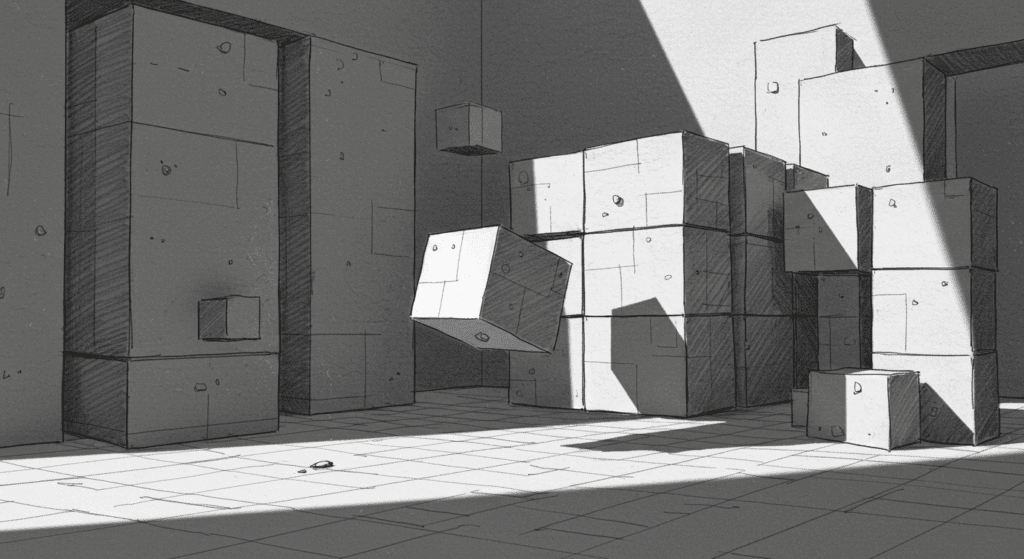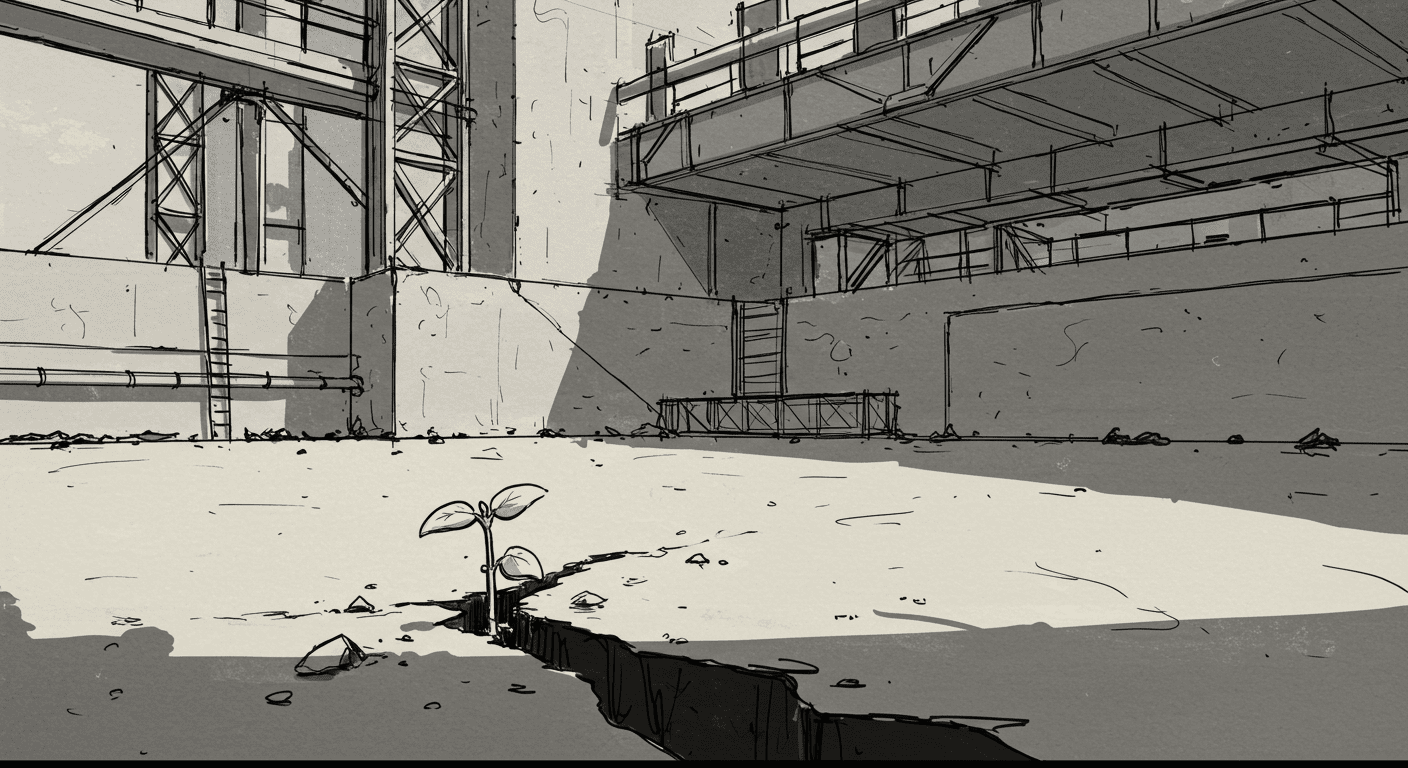If you need to message a developer to fix a typo on your homepage, your startup website is already failing you.
It’s 2025. You’re a startup. You’re iterating fast, tweaking your pitch, updating your messaging weekly (or hourly). But your website? That’s frozen in time — a glossy WordPress monolith guarded by an agency, a dev, or some mysterious “guy from Upwork.”
This post is for every founder who’s stared at their own site and thought: “Why can’t I just change this?”
Spoiler: you can. And you should. If your website isn’t something you can control and evolve easily, then it’s not a startup asset — it’s a liability.
The Developer Bottleneck Is Real (and Dumb)
We’ve worked with startups backed by top-tier VCs. Smart teams. Bold ideas. But you’d be shocked how often their websites are stitched together with inflexible CMS setups, half-documented custom code, or completely opaque dev handovers.
Their “simple marketing site” ends up requiring:
- GitHub access
- Custom component updates
- Manual deploys
All for what? Changing a headline?
You don’t need engineering resources to update your About page. Or swap a testimonial. Or launch a landing page. You just need a better stack. Do a quick search on Framer — it’s become the go-to approach when it comes to website development for startups.
Why Framer (Actually) Works
Framer isn’t a toy. It’s not just for pretty animations. It’s a production-ready, founder-friendly tool that lets you build, edit, and launch genuinely fast — without sacrificing polish or performance.
More importantly: it puts control back in the hands of the team.
- Need a new feature section? Duplicate an existing block.
- Want to A/B test a headline? You don’t need to book a dev sprint.
- Spotted a typo before a big investor call? Fix it yourself — live, instantly.
That’s the level of agility modern website development for startups should deliver.
But Wait — What About Design Systems?
Ah yes, the scepticism: “But won’t things get messy if non-designers are editing the site?”
Not if you set it up right.
Framer plays beautifully with design systems. We create modular, pre-defined components that behave like a well-trained dog — reliable, flexible, but never chewing the couch.

So instead of breaking your layout, you’re rearranging approved, on-brand blocks. You get freedom within structure — which is exactly what early-stage startups need.
What Founders Really Need from Startup Website Development
You’re not running a publishing empire. You don’t need 100 features, 10 integrations, or a 5-step content pipeline. Here’s what you actually need:
- A clear message that evolves as your product evolves
- A site that feels premium but is easy to manage
- The ability to build and ship new pages fast (like, same-day fast)
- A dev-free workflow so your engineers can focus on… actual engineering
How This Usually Goes Wrong
Let’s be honest about what happens when you don’t solve this:
- Marketing can’t update the site → so they don’t
- Founders can’t test messaging → so they stay vague
- Engineers are dragged into nonsense → so product velocity slows down
- The site becomes stale → and no one feels proud of it
We’ve seen startups burn weeks just trying to update their “book a demo” flow.
Or delay launches because their dev was busy with something “more important.”
The cost isn’t just time. It’s momentum.
Why “Website Development for Startups” Needs a Rethink
Let’s pause on the whole idea of website development for startups for a second… Because 9 times out of 10, what people get is traditional development with a startup price tag.
But what you actually need is:
- Fast initial setup
- Modular layout structure
- Clear content hierarchy
- Real-time editing access
- Ongoing agility
That’s why we use Framer. It’s not because it’s trendy — it’s because it removes the bottlenecks and lets teams move.
And no, this isn’t some no-code fantasy. It’s design-led, developer-aware, and built to scale. You can always migrate to something heavier later.
But early on? Speed > overengineering.
We’ve Seen Both Worlds
I once worked with a company who had a beautiful site… that nobody could touch. The agency that built it delivered an immaculate Gatsby.js site with zero documentation and no CMS. Two weeks after launch, the messaging pivoted — and nobody could update it.
Cue emergency calls, Slack threads, SSH logins, and a pile of invoices.
Contrast that with a client I recently onboarded using Framer. We built the first version of their site in 11 days. By day 12, they were editing headlines, launching feature pages, and shipping product updates with zero design input.
Guess which one raised their round faster.
Agility Isn’t a Luxury — It’s the Whole Point
Startups don’t need “perfect” websites. They need editable ones. Sites that grow, flex, and reflect who you are right now — not who you were 6 months ago.

If you can’t tweak your own messaging on your own site in under 2 minutes, it’s not a startup site. It’s a shrine.
Let it go.
Build lean. Build editable.
And most importantly: stop emailing your developer for button copy edits.
We help early-stage teams avoid the usual traps — bloated stacks, brittle handovers, and hardcoded content. We design and build startup websites that are fast to ship, easy to edit, and set up to evolve.
Because your website shouldn’t hold you back — it should keep you moving.
If that’s the kind of momentum you need, let’s talk.
Not-Boring Q&A: Startup Website Edition
Do I really need to switch to Framer?
No. You need a website you can update without Slack messages, Jira tickets, or mild existential dread. Framer just happens to be the fastest way to get there right now.
Can Framer handle our weird integrations and tracking scripts?
Yes. You can drop in custom code, embeds, analytics — whatever. You’re not trading power for ease, you’re just cutting the nonsense.
Isn’t this just a fancy landing page builder?
It can be. Or it can be your full site. The difference is how you use it — with a solid design system and a bit of strategic thinking, it becomes a real foundation, not a stopgap.
What if our site needs a dev?
Great. Use devs where they matter — product, backend, infra. Not for swapping testimonials or fixing punctuation.
Is this just hype?
It’s frustration speaking. We’ve seen too many great products get slowed down by bad web stacks. This is the fix for many.
